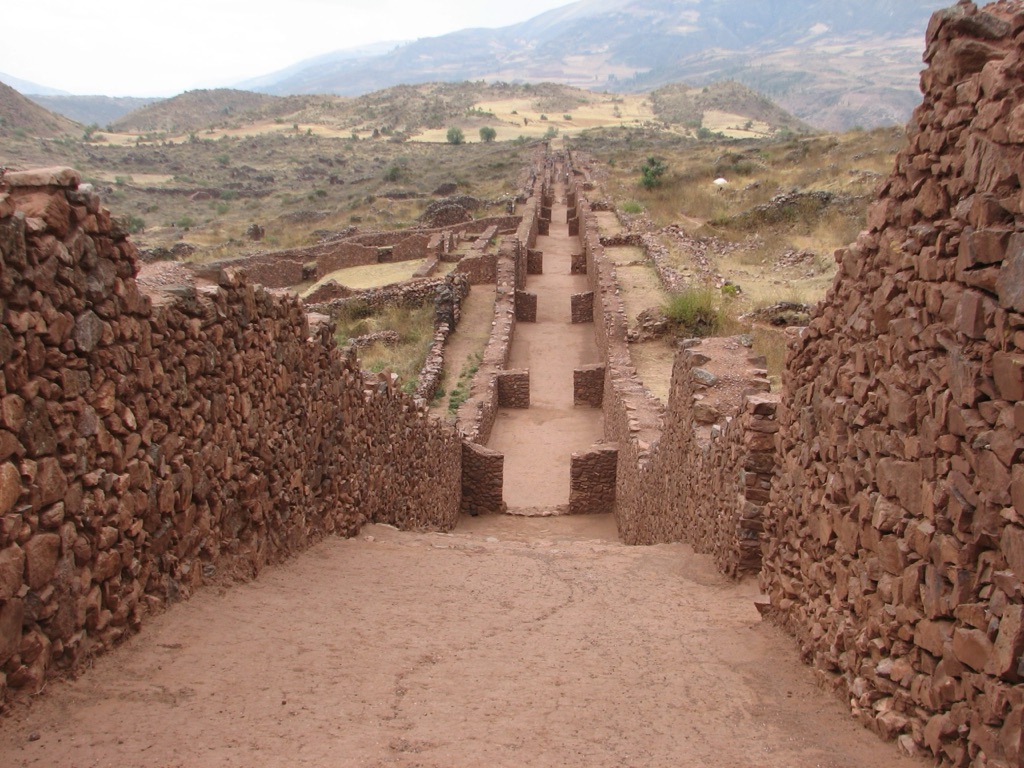Pikillacta is a well-preserved pre-Inca archaeological site located in the Cusco region of Peru. This ancient city stands as a testament to the engineering prowess of the Wari culture, which thrived between 500 and 1000 AD. Pikillacta showcases a vast complex of plazas, dwellings, and a sophisticated network of roads and waterways. Its strategic location and layout suggest it played a significant role in the Wari civilization’s expansion and influence across the Andean highlands.
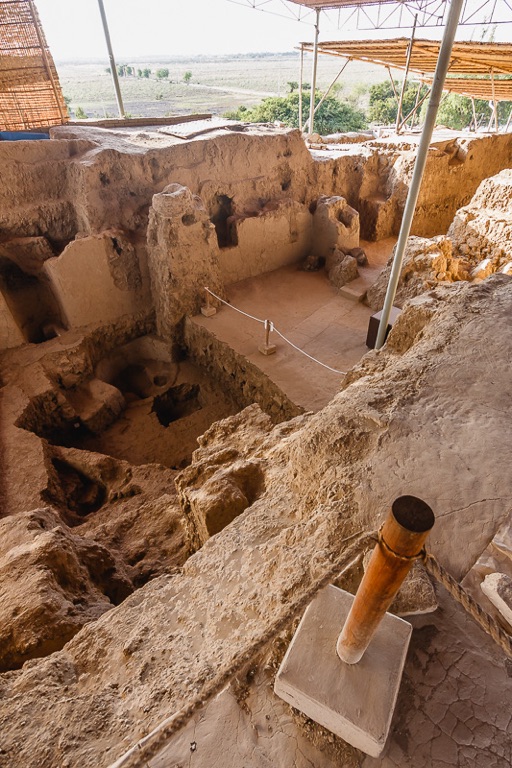
Ventarrón
Ventarrón is a significant archaeological site in Peru, known for its ancient temple complex. Discovered in 2007, it has provided valuable insights into the Cupisnique culture, which is one of the oldest in the Americas. The site features murals that are considered to be the oldest known in the Americas, dating back to approximately 2000 BC. These discoveries have shed light on the religious and cultural practices of early Peruvian civilizations.
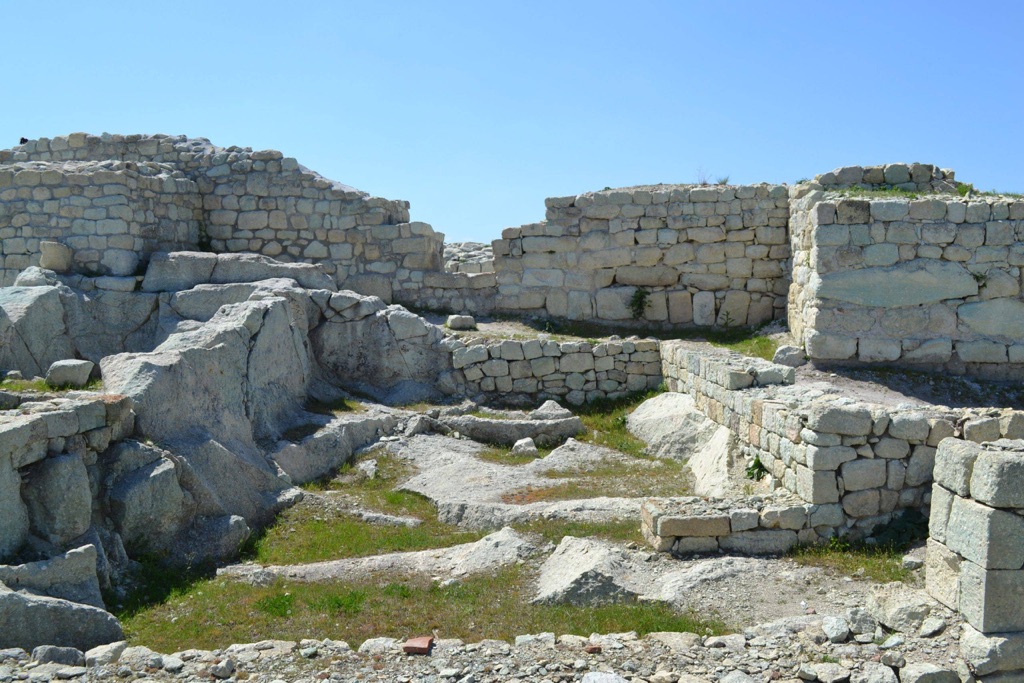
Perperikon
Perperikon, an ancient Thracian city located in Bulgaria, stands as a testament to human civilization’s rich and complex history. Carved into a rocky hill in the Eastern Rhodopes, this archaeological site reveals a multi-layered past that spans thousands of years. Its strategic location has made it a significant religious, political, and economic center over the centuries. The remnants of Perperikon include a grand palace, a formidable fortress, and a sacred temple, which together narrate the story of a once-thriving society.
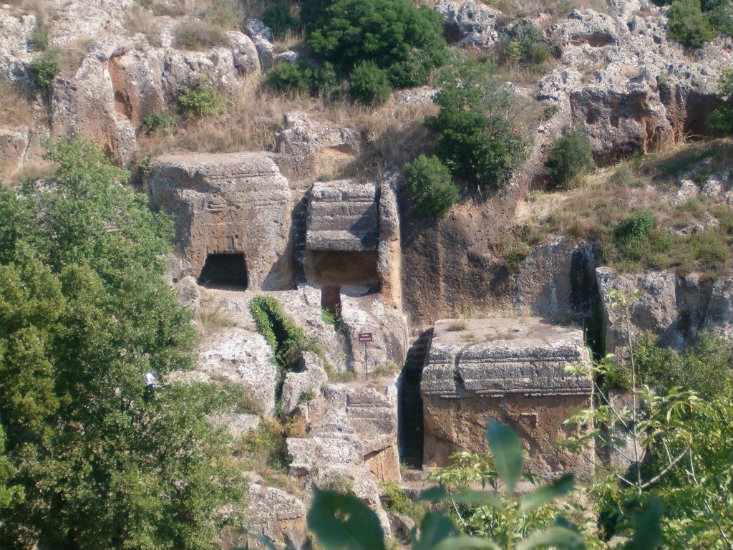
Necropoli di Norchia
The Necropoli di Norchia is an ancient Etruscan necropolis located in the Lazio region of Italy. Carved into the tufa rock, the site features a series of remarkable tombs and burial chambers dating back to the 4th century BC. These tombs are renowned for their intricate facades, which resemble the Etruscan houses of the living, complete with details such as columns and pediments. The necropolis offers a unique glimpse into the funerary practices and architectural prowess of the Etruscan civilization, which once flourished in the area before the rise of the Roman Empire.
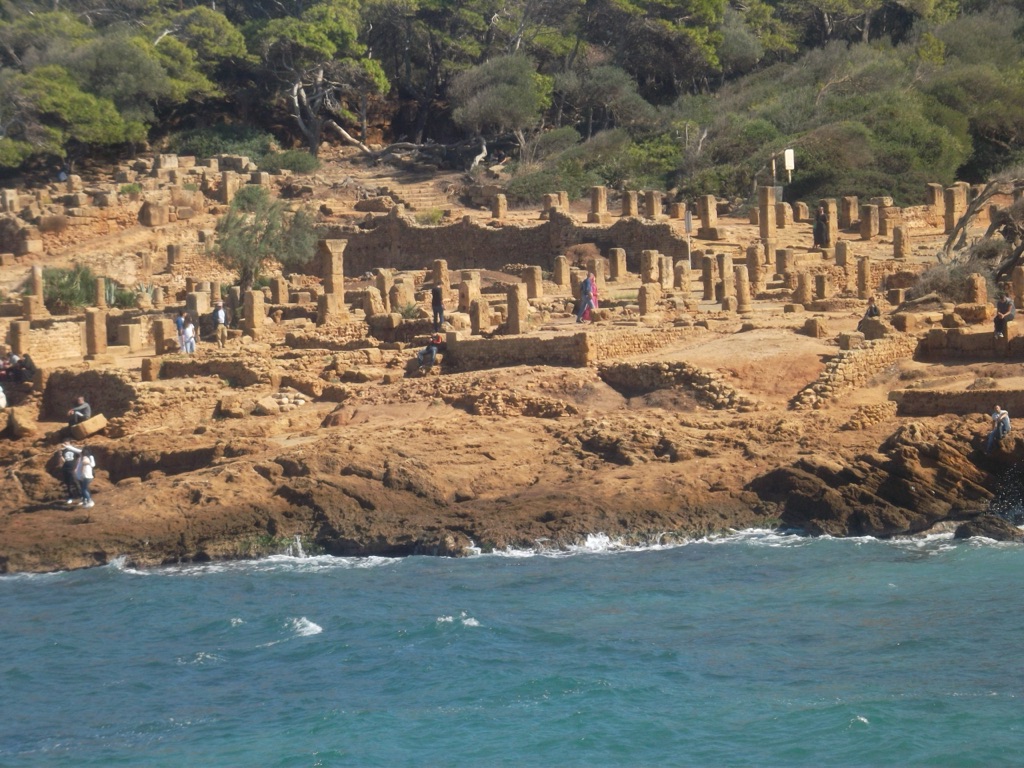
Tipasa
Tipasa is a historical site located on the coast of the Mediterranean Sea. It was once an ancient Punic trading post before becoming a Roman military colony. Over time, it evolved into a significant Christian center during the Byzantine era. The ruins of Tipasa encompass a unique blend of Phoenician, Roman, early Christian, and Byzantine cultures, making it a valuable archaeological site. Its remains include a forum, basilicas, temples, and an amphitheater, reflecting its diverse historical influences. UNESCO has recognized Tipasa as a World Heritage Site, highlighting its importance.
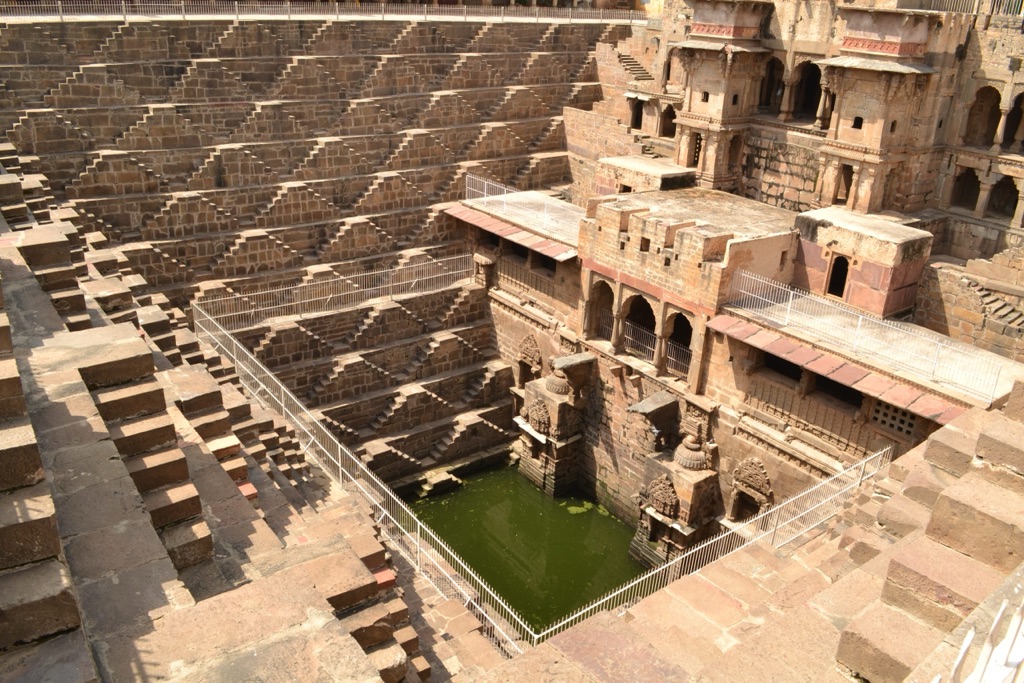
Chand Baori Step Well
The Chand Baori Step Well is a stunning example of ancient Indian architecture and design. Located in the village of Abhaneri near Jaipur in the Indian state of Rajasthan, it is one of the oldest and most attractive landmarks in the country. This stepwell is renowned for its intricate geometric design, consisting of 3,500 narrow steps descending 20 meters to the bottom of the well. It was built around the 8th and 9th centuries AD, serving not only as a water storage system but also as a gathering place for locals. The stepwell has gained international fame for its mesmerizing symmetry and engineering prowess.

